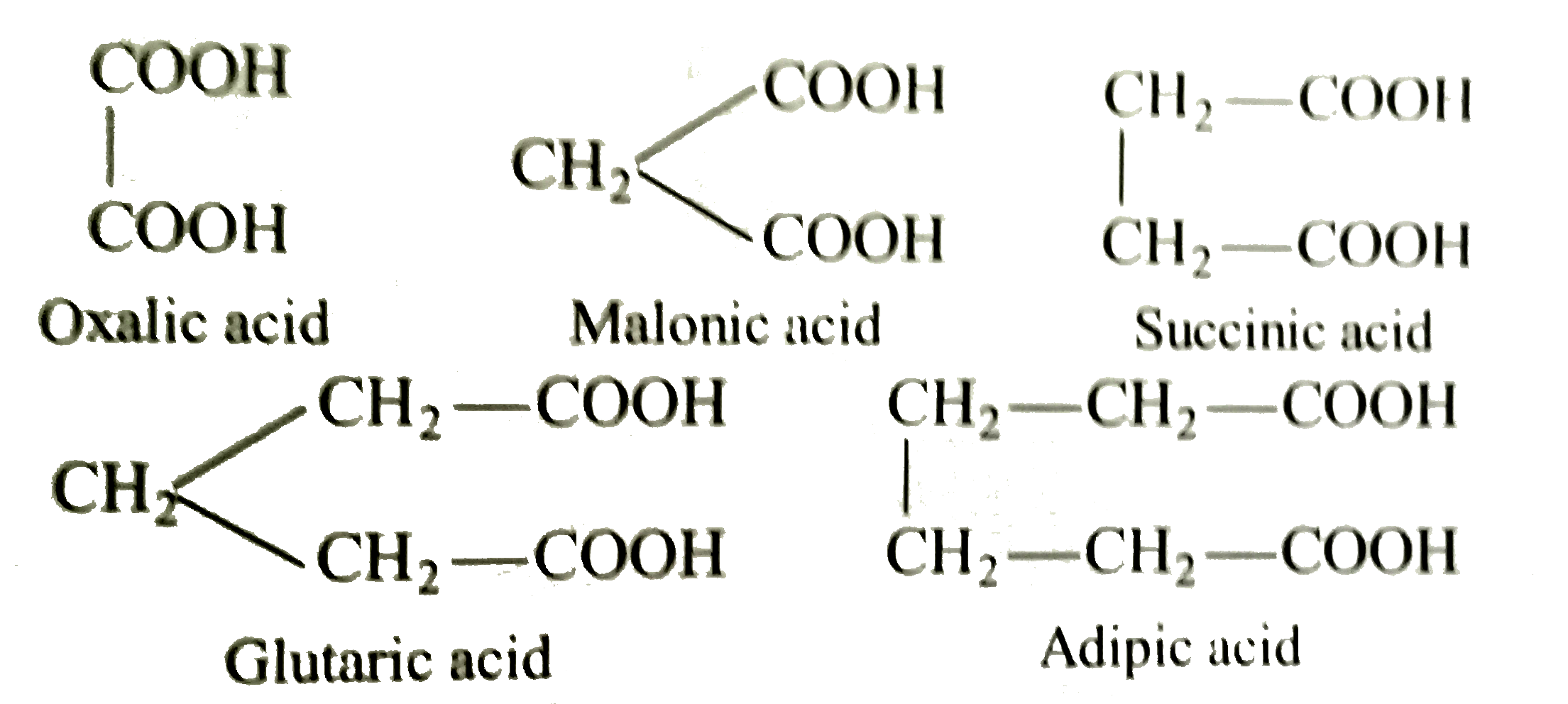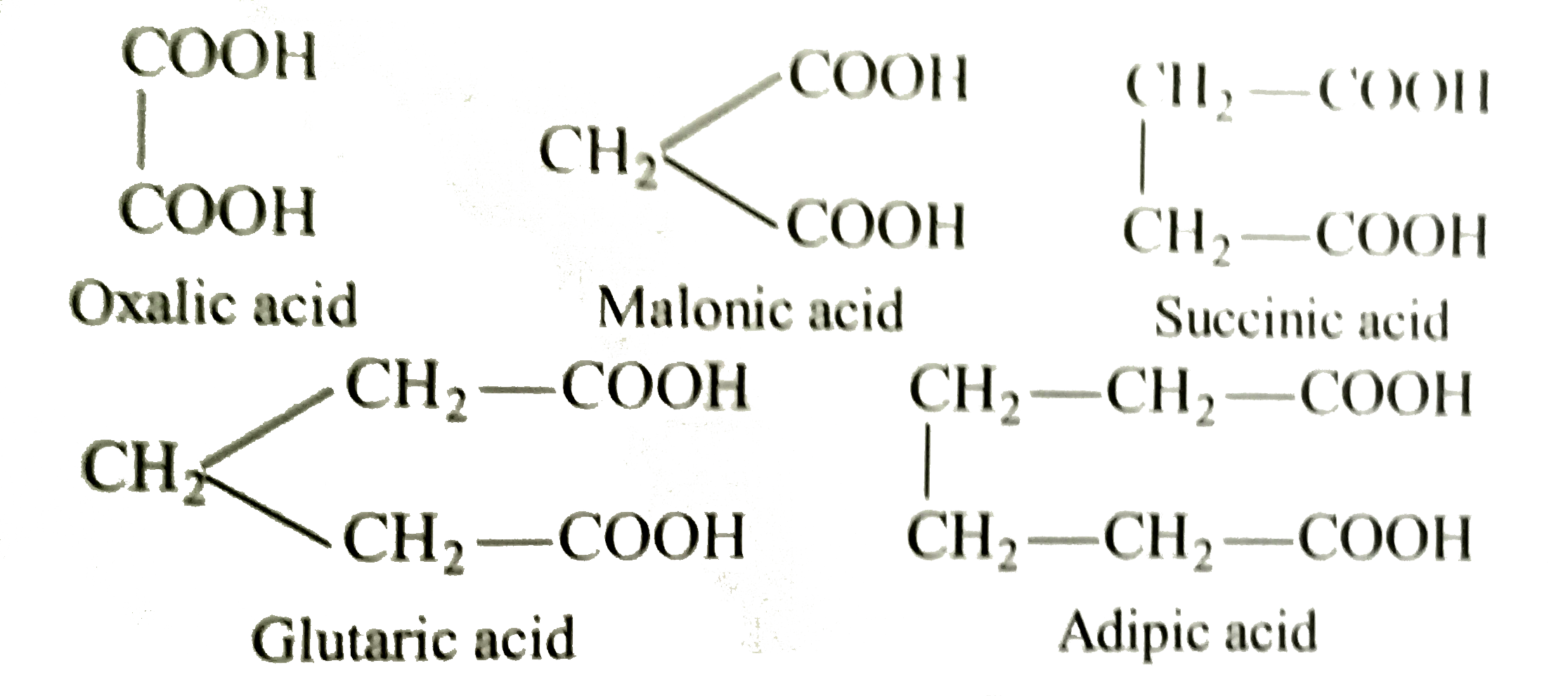Stability of Intermediates
Step by step video solution for Stability of Intermediates by Chemistry experts to help you in doubts & scoring excellent marks in Class 12 exams.
Similar Questions
Types OF Hyperconjugation|| +H and -H Effect||Applications on Stability OF Intermediate|| Different Electronic Groups and their Effects||Applications on Bond Length and Bond Order
View SolutionNucleophilic substitution reactions are of two types, substitution nucleophllic bimolecular (SN2) and substitution nucleophilic unimolecular (SN1) depending on molecules taking part in determining the rate of reaction. Reactivity of alkyl halide towards SN1 and SN2 reactions depends on various factors such as steric hindrance, stability of intermediate or transition state and polarity of solvent. SN2 reaction mechanism is favoured mostly by primary alkyl halide then secondary and then tertiary. This order is reversed in case of SN1 reactions.
SN1 reaction is fastest inView Solution
Knowledge Check
- Question 1 - Select One
Dicarboxylic acids have two carboxylic groups, e.g.,

Acidity of dicarboxylic acid depends upon the stability of intermediate ion and upon the distance between two carboxylic groups. Shorter the distance between two carboxylic groups, greater is the acidic character. Melting point of these acids depends on the symmetry. Greater the symmetry, higher will be the melting point.
Dicarboxylic acids on heating give monocarboxylic acid allkanes, cyclic ketones depending on the conditions
Which of the following has highest melting point?AMaleic acidBFumaric acidCSuccinic acidDOxalic acid - Question 2 - Select One
Dicarboxylic acids have two carboxylic groups, e.g.,

Acidity of dicarboxylic acid depends upon the stability of intermediate ion and upon the distance between two carboxylic groups. Shorter the distance between two carboxylic groups, greater is the acidic character. Melting point of these acids depends on the symmetry. Greater the symmetry, higher will be the melting point.
Dicarboxylic acids on heating give monocarboxylic acid allkanes, cyclic ketones depending on the conditions
Which of the following dicarboxylic acids, will give monocarboxylic acid on heating ?AMalonic acidBSuccinic acidCGlutaric acidDAdipic acid - Question 3 - Select One
Nucleophilic substitution reactions are of two types, substitution nucleophllic bimolecular (SN2) and substitution nucleophilic unimolecular (SN1) depending on molecules taking part in determining the rate of reaction. Reactivity of alkyl halide towards SN1 and SN2 reactions depends on various factors such as steric hindrance, stability of intermediate or transition state and polarity of solvent. SN2 reaction mechanism is favoured mostly by primary alkyl halide then secondary and then tertiary. This order is reversed in case of SN1 reactions.
SN1 reaction is fastest inA1∘ alkyl halideB2∘ alkyl halideC3∘ alkyl halideDNone of the above
Nucleophilic substitution reactions are of two types, substitution nucleophllic bimolecular (SN2) and substitution nucleophilic unimolecular (SN1) depending on molecules taking part in determining the rate of reaction. Reactivity of alkyl halide towards SN1 and SN2 reactions depends on various factors such as steric hindrance, stability of intermediate or transition state and polarity of solvent. SN2 reaction mechanism is favoured mostly by primary alkyl halide then secondary and then tertiary. This order is reversed in case of SN1 reactions.
SN1 reaction is fastest inView SolutionNucleophilic substitution reactions are of two types, substitution nucleophllic bimolecular (SN2) and substitution nucleophilic unimolecular (SN1) depending on molecules taking part in determining the rate of reaction. Reactivity of alkyl halide towards SN1 and SN2 reactions depends on various factors such as steric hindrance, stability of intermediate or transition state and polarity of solvent. SN2 reaction mechanism is favoured mostly by primary alkyl halide then secondary and then tertiary. This order is reversed in case of SN1 reactions.
SN1 reaction is fastest inView SolutionNucleophilic substitution reactions are of two types, substitution nucleophllic bimolecular (SN2) and substitution nucleophilic unimolecular (SN1) depending on molecules taking part in determining the rate of reaction. Reactivity of alkyl halide towards SN1 and SN2 reactions depends on various factors such as steric hindrance, stability of intermediate or transition state and polarity of solvent. SN2 reaction mechanism is favoured mostly by primary alkyl halide then secondary and then tertiary. This order is reversed in case of SN1 reactions.
SN1 reaction is fastest inView SolutionAs SN2 reaction at an asymmetric carbon of a compound always gives:
View SolutionQ. SN1 reaction of optically active alkyl halides leads to
View Solution

